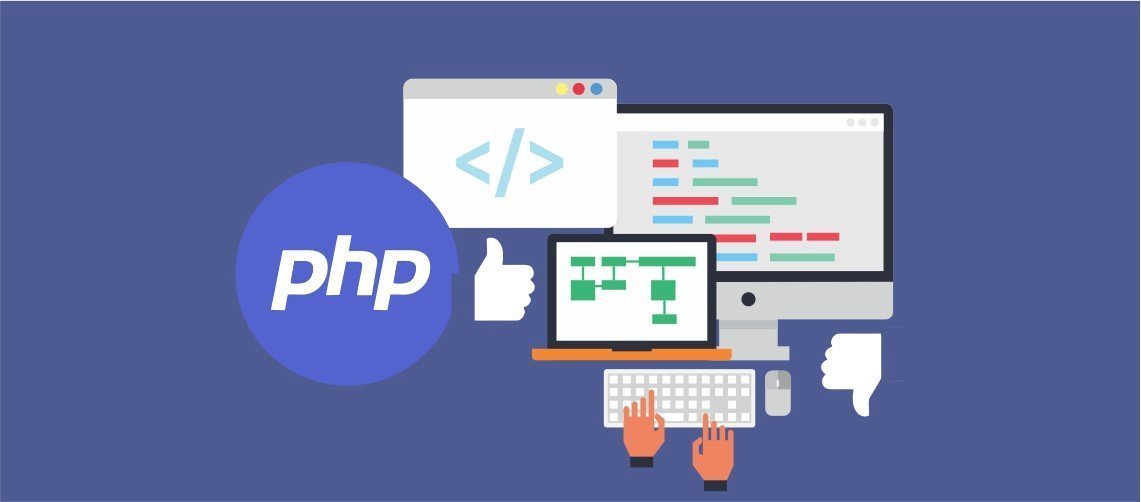PHP is not the language to jump straight into if you have had no experience at all. Getting a grasp of the basic programming concepts might be easier in a language such as Visual Basic as the syntax and concepts in PHP might be quite confusing for a beginner. If you have no experience in scripting, I might also suggest taking a look at JavaScript which is a client-side scripting language, making it limited when compared to PHP. But don’t let that scare you, PHP teaches some great coding habits and if you are capable of picking things up quickly then you should be just fine.

In terms of market share, there are over 20 million websites and applications on the internet developed using PHP scripting language.
File extension and Tags In order for the server to identify our PHP files and scripts, we must save the file with the “.php” extension
PHP was designed to work with HTML, and as such, it can be embedded into the HTML code. You can create PHP files without any HTML tags and that is called Pure PHP file.
The server interprets the PHP code and outputs the results as HTML code to the web browsers.
In order for the server to identify the PHP code from the HTML code, we must always enclose the PHP code in PHP tags.
A PHP tag starts with the less than symbol followed by the question mark and then the words “PHP”.
PHP is a case sensitive language, “VAR” is not the same as “var”.
The PHP tags themselves are not case-sensitive, but it is strongly recommended that we use a lower case letter.
We will be referring to the PHP lines of code as statements. PHP statements end with a semicolon (;). If you only have one statement, you can omit the semicolon. If you have more than one statement, then you must end each line with a semicolon. For the sake of consistency, it is recommended that you always end your statement(s) with a semicolon. PHP scripts are executed on the server. The output is returned in the form of HTML.
CONCLUSION
- PHP stands for Hypertext pre-processor
- PHP is a server-side scripting language. This means that it is executed on the server. The client applications do not need to have PHP installed.
- PHP files are saved with the ".php" file extension, and the PHP development code is enclosed in tags.
- PHP is open-source and cross-platform
0 Comments